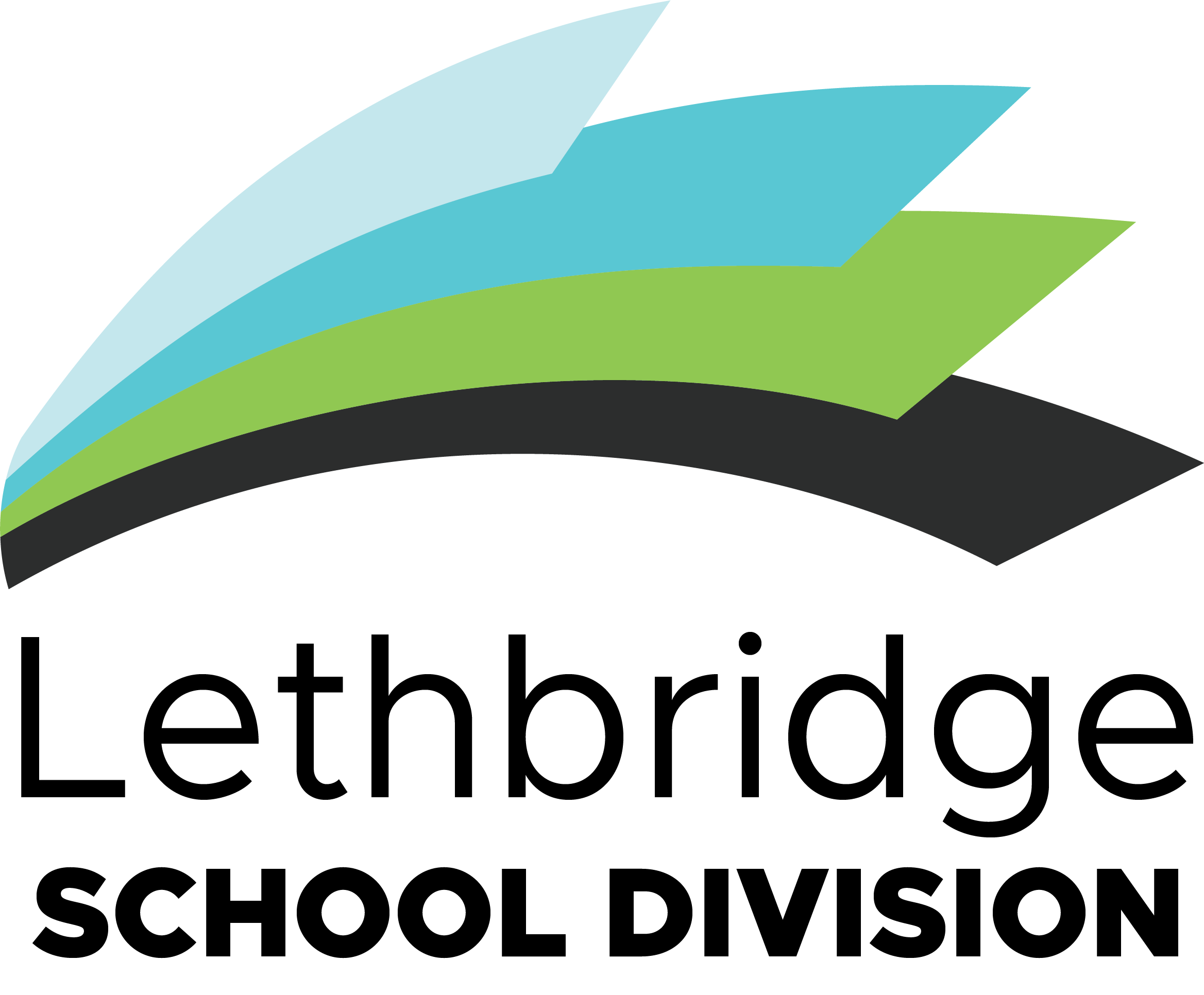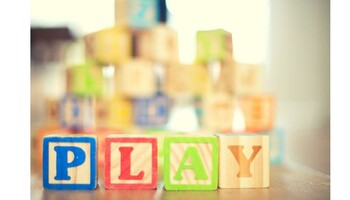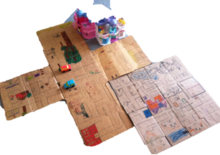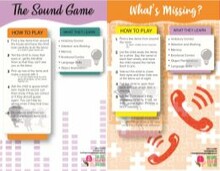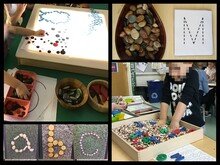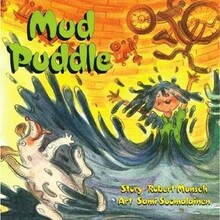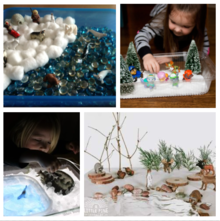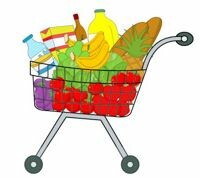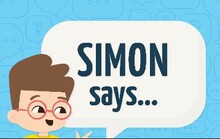Do you have boxes laying around after Christmas? Boxes provide great play opportunities for kids!
-Make a fort or a house (add Christmas lights for extra fun).
-Use a flat piece and draw a town (add roads for little cars, stores and traffic lights). Extend the play by adding blocks, a small play house or play animals!
-Put markers inside a box... jump inside to decorate!
-Turn your box into your child's favourite play theme (rocket, castle etc).
-Create a tunnel in the sides of the box for your child's cars, trains or trucks to go through.
-Set boxes up around the living room, throw stuffed animals or little balls into the boxes. How many can you get into the boxes?
